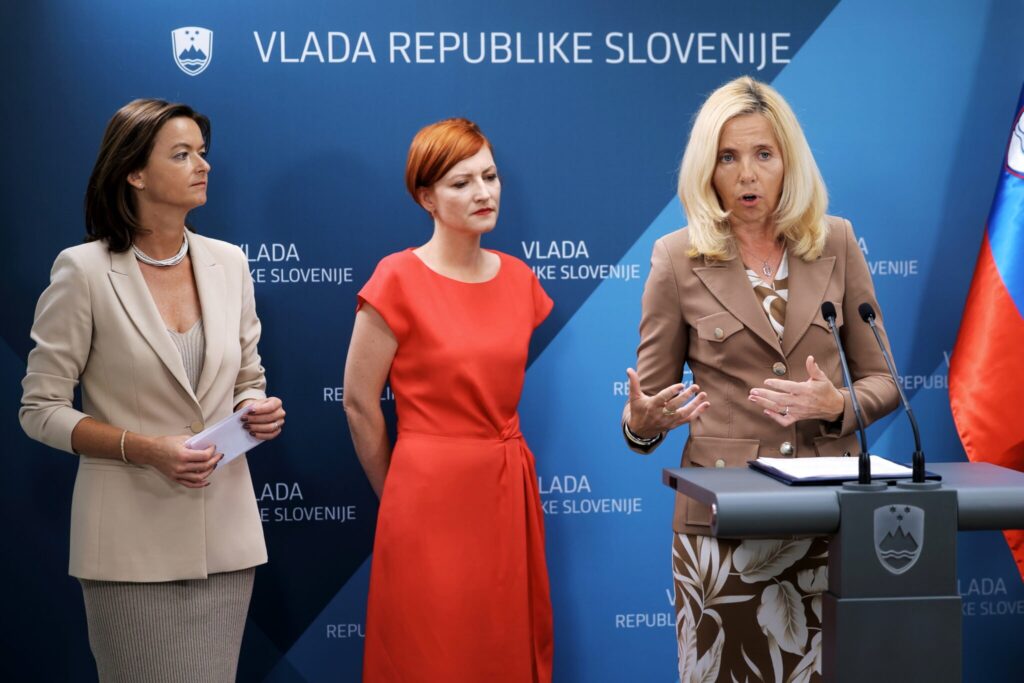The Government of Robert Golob is removing the fence on the border with Croatia, and it has allocated 2.5 million euros for the costs of the project in question. Andrej Rupnik, an expert on security issues, told the show “Odmevi” (“Echoes” in English) on the national media outlet Radio-Television Slovenia that since 2016, many countries in Europe and around the world have erected such fences.
On the Friday episode of the show Odmevi on RTV Slovenia, the TV show host Rosvita Pesek looked into the increasing number of illegal border crossings this year and the removal of the 52-kilometre-long fence on the border with our southern neighbour, Croatia. The fence was erected seven years ago when between 4,000 and 10,000 migrants were entering Slovenia every day.
The Golob government, which came to power mainly on the basis of hatred against the former government and the current coalition’s subsequent promises to nurture the hatred towards the government of Janez Janša even further, started removing the fence on the pretext that the technical barriers had not proved effective so far. Meanwhile, Minister Tatjana Bobnar promised to reduce migration through deeper cooperation with the international community and changed tactics of the Slovenian police.
In the first half of this year, there were more than 6,000 illegal crossings of the Slovenian border. This is a 75 percent increase in the number of illegal border crossings, compared to the same period last year.
The increase in the number of migrants is also reflected in requests for accommodation. The vast majority of migrants do not stay here. They continue their journey to other European countries. The direction of crossing has also changed, with the Koper area now being most at risk. The structure of migrants is also very different now, with most coming from Afghanistan, India and Cuba.
The army removes about 93 metres of the fence per day. The locals’ reactions vary greatly. For example, Emil Rojc, the Mayor of Ilirska Bistrica, is strongly opposed to the removal of the fence.
The migrations on the Balkan route have increased by 45 percent this year
Andrej Rupnik, an expert on security issues, talked to the TV show host about these issues. “Over the last few years, the numbers have been increasing again. It is slightly worrying that we are approaching the figures from 2014. There was an increase then, and then in 2015 and 2016, we saw an exodus of people crossing the border illegally,” he said.
Whether we are facing a similar fate to 2015 and 2016 is difficult to predict, Rupnik said, but it is true that the situation in the Middle East is not calming down. On the other hand, economic and climatic conditions are also deteriorating. Rupnik pointed out that we are unlikely to see a drop in the number of migrants before the end of the year. On the contrary, the data of the Frontex agency show that migration along the Balkan route has increased by as much as 45 percent this year.
When asked by the TV show host Rosvita Pesek what the security expert thinks about removing the fence, Rupnik said: “Technical barriers are nothing new, and there is a growing trend of erecting fences on borders across Europe and elsewhere in the world. In 2017, about 70 such fences were erected at national borders in different countries.”
In addition to all of the above, the taxpayers will pay 2.5 million euros for the removal of the fence.
Andrej Žitnik


